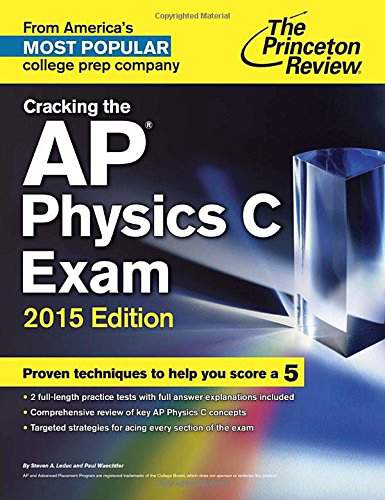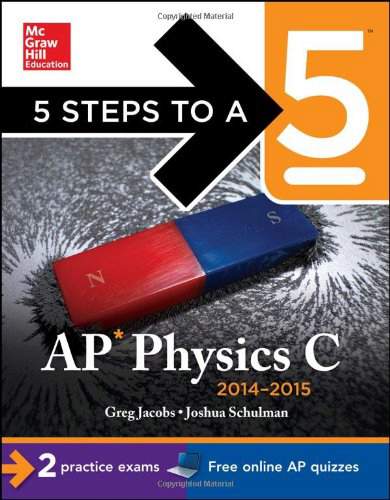Starting up...

This is a quick preview of the lesson. For full access, please Log In or Sign up.
For more information, please see full course syllabus of AP Physics C: Electricity & Magnetism
For more information, please see full course syllabus of AP Physics C: Electricity & Magnetism
AP Physics C: Electricity & Magnetism Ampere's Law
Lecture Description
Providing a simpler method over the Biot-Savart Law for finding the magnetic field is Ampere’s Law, which is a combination of the B-S Law, symmetry, and superposition. The result is a neat, easy to use law for finding the magnetic field given off by a current-carrying wire. The only thing to note with this law is that it works using cylindrical symmetry, and so if you had a problem where symmetry wasn’t involved you would have to resort to the B-S Law. Now we should be all set with fields and forces, and can move on to the ‘rate’ of flow of a magnetic field.
Bookmark & Share
Embed
Share this knowledge with your friends!
Copy & Paste this embed code into your website’s HTML
Please ensure that your website editor is in text mode when you paste the code.(In Wordpress, the mode button is on the top right corner.)
×
- - Allow users to view the embedded video in full-size.
Next Lecture
Previous Lecture














































1 answer
Mon Feb 1, 2016 6:08 AM
Post by Shehryar Khursheed on January 30, 2016
Also, on the questions asking for the slope of the best fit line and using it to find estimations for certain values, do you happen to know the margin of error to still get credit? For example, on the 2011 FRQ, I got .0667 tesla per meter and a permeability of 2*10^-6 for part d. Would I still get credit for these answers which were a little off from college board's official answers?
1 answer
Mon Feb 1, 2016 6:07 AM
Post by Shehryar Khursheed on January 30, 2016
Why isn't there an electric field at point P? I thought that the current traveling in the wire would cause an electric field? This is in the 2011 AP free response, part c.
0 answers
Post by Michael Norton on November 11, 2015
Oh wait I think I get it. Do you put your pointer finger in the direction of the second wire and then your middle finger in the direction from the second wire to the first wire?
1 answer
Mon Nov 23, 2015 7:27 AM
Post by Michael Norton on November 11, 2015
On Example 5, Can you explain how the right hand rule works on this problem and how we know that the magnetic field is going into the screen? Thanks!
0 answers
Post by Professor Dan Fullerton on April 19, 2015
Inside a (with a radius less than a), the penetrating current is zero. If there's no current penetrating, there's no magnetic field.
0 answers
Post by Miras Karazhigitov on April 19, 2015
I didnt get the part in the Example 7, why E at point P is 0? Didn't we justified that the value of the E is (uI)/(4пb)?